Search
Search Results
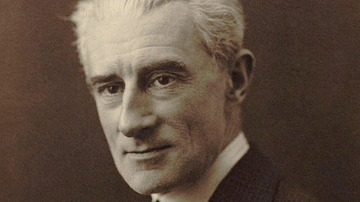
Definition
Maurice Ravel
Maurice Ravel (1875-1937) was a French composer of classical music best known for his innovative piano pieces and orchestral works like Bolero and Daphnis et Chloé. Sometimes called an 'impressionist' composer, much was made of a practically...
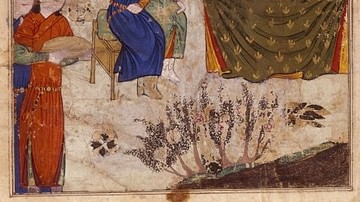
Definition
Möngke Khan
Mongke Khan was ruler of the Mongol Empire (1206-1368 CE) from 1251 to 1259 CE. As the third Great Khan or 'universal ruler' of the Mongols, Mongke would oversee administrative reforms that continued to centralise government and ensure he...
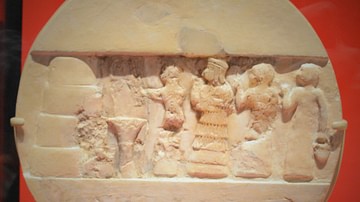
Article
Hymn to Inanna
The Hymn to Inanna (also known as The Great-Hearted Mistress) is a passionate devotional work by the poet and high priestess Enheduanna (l. 2285-2250 BCE), the first author in the world known by name. The poem is significant as one of the...
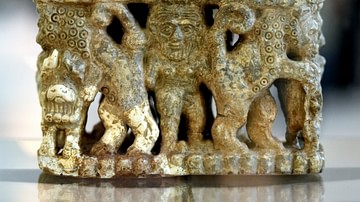
Article
Gilgamesh and the Bull of Heaven
Gilgamesh and the Bull of Heaven is a Sumerian poem relating the event, now famous from The Epic of Gilgamesh, in which the goddess Inanna/Ishtar sends the celestial bull to attack Gilgamesh after he has rejected her advances. The epic changes...
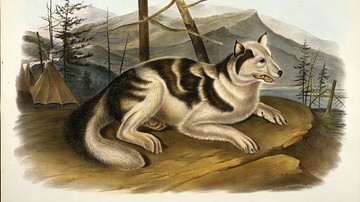
Article
Sees-In-The-Night
Sees In The Night (Sees-In-The-Night) is a Cheyenne tale of a young, poor boy who, through the kindness shown to a dog, becomes a great warrior and chief of his people. The story emphasizes the Cheyenne value of kindness toward others, especially...
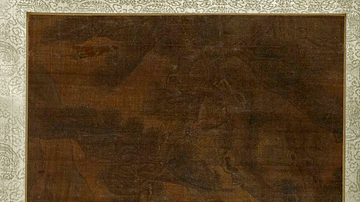
Image
Mongol Horseman with Bow & Arrow
A Chinese painting of a Mongol horseman with bow and arrow. Made in China, during the Song Dynasty (1644 - 1912 CE). Hanging scroll, ink and color on silk. Painting: 68 x 44.5 cm. (26 3/4 x 17 1/2 in.) Mount: 237 x 63.5 cm. (93 5/16 x 25...

Image
Chinese Gourd-Shaped Ewer and Cover
This beautiful gourd-shaped ewer and cover comes from China's Yue kilns, which were in Zhejiang province. They were made during the era of the Northern Song Dynasty, around c. 11-12th centuries CE. (Museum Rietberg, Zürich).

Article
Women in Ancient China
Women in ancient China did not enjoy the status, either social or political, afforded to men. Women were subordinate to first their fathers, then their husbands, and finally, in the case of being left a widow, their sons in a system known...
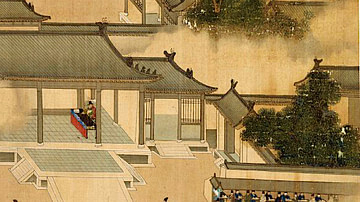
Article
The Civil Service Examinations of Imperial China
The civil service examinations of Imperial China allowed the state to find the best candidates to staff the vast bureaucracy that governed China from the Han Dynasty onwards (206 BCE - 220 CE). The exams were a means for a young male of any...
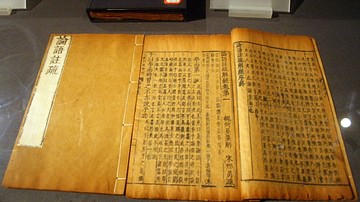
Definition
Confucianism
Confucianism is a philosophy developed in 6th-century BCE China, which is considered by some a secular-humanist belief system, by some a religion, and by others a social code. The broad range of subjects touched on by Confucianism lends itself...